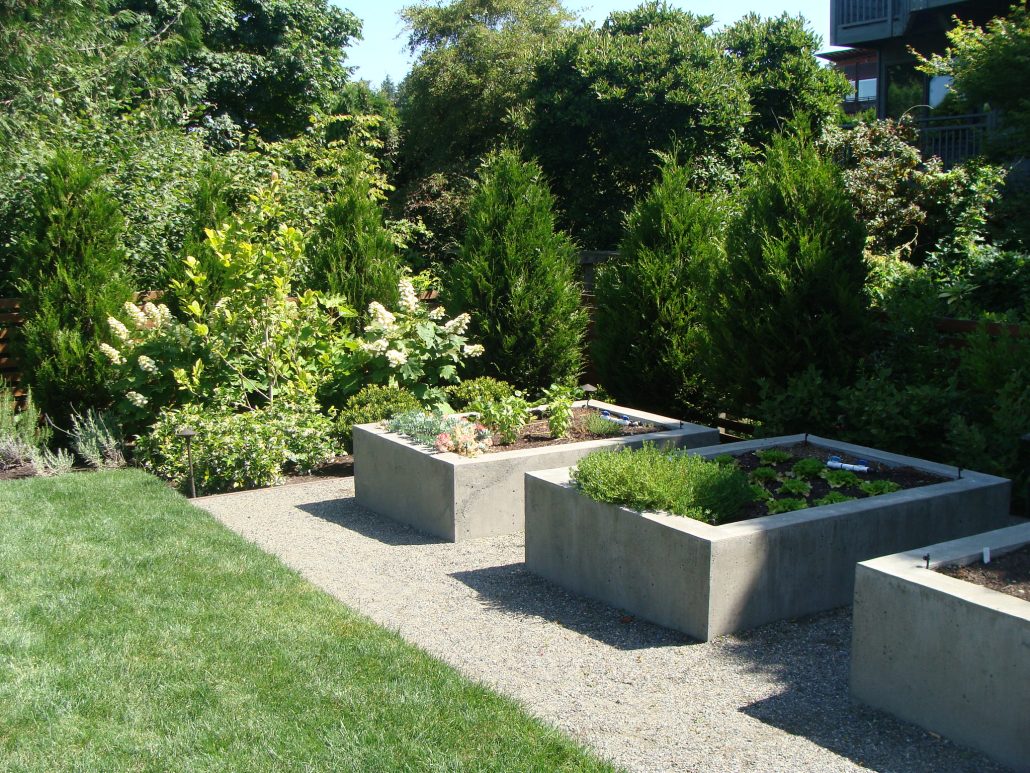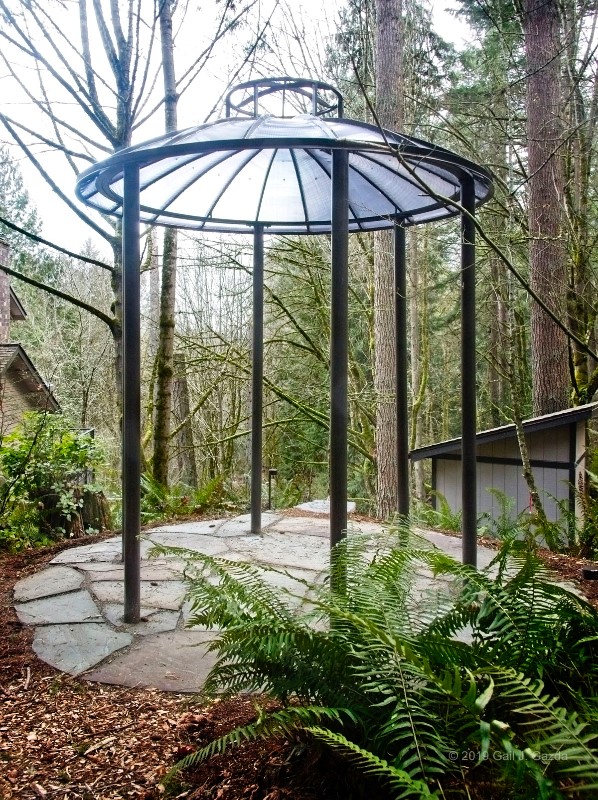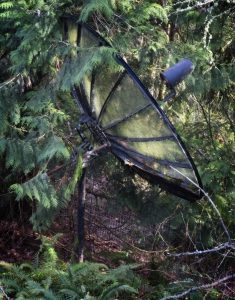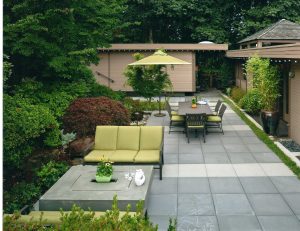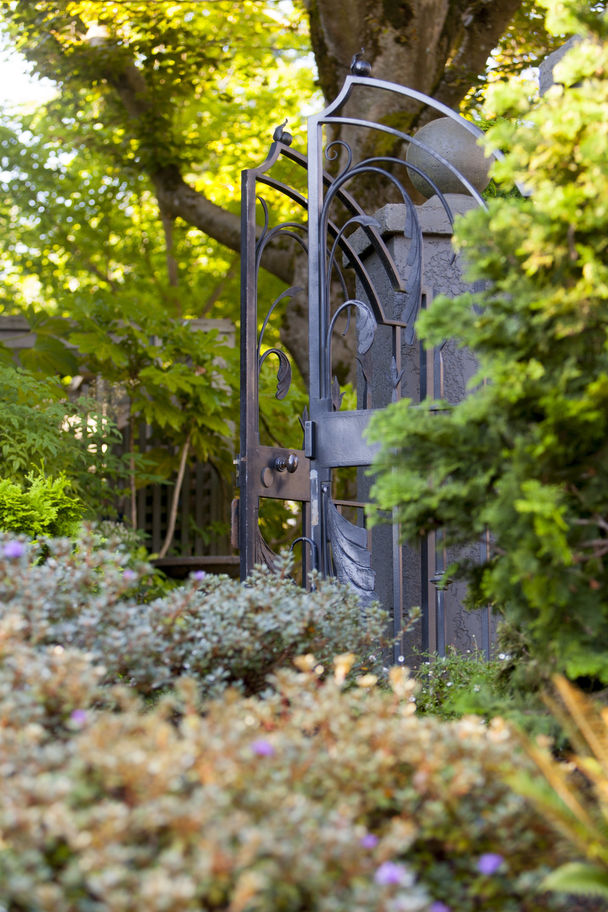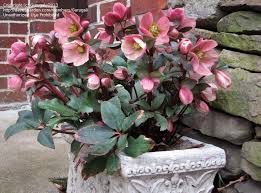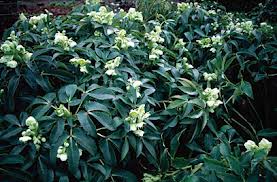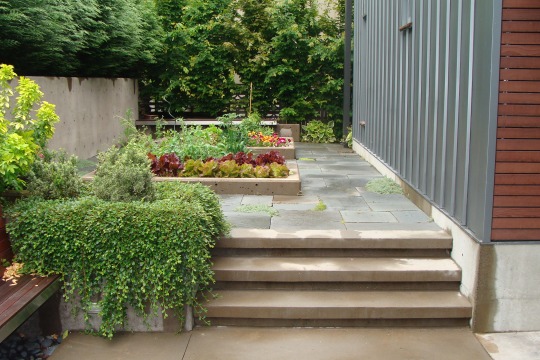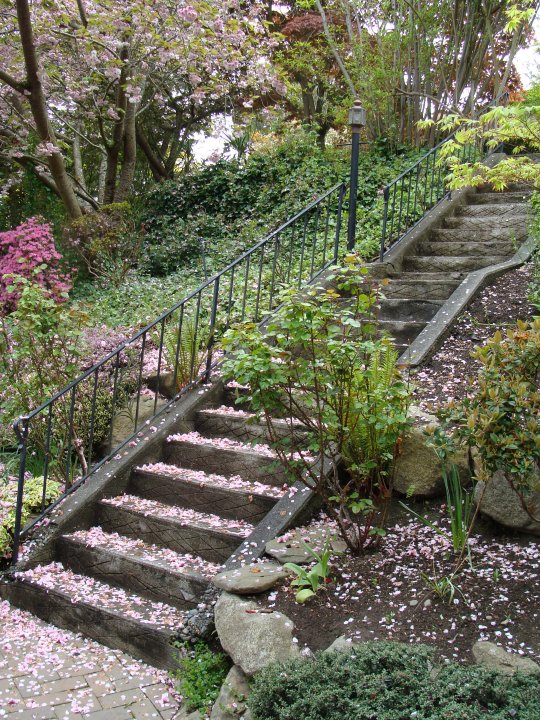Good landscaping can beautify your garden and increase the value of your Seattle area home. The right landscaping also will protect your home life from nosy neighbors.
Privacy is crucial for enjoying your yard. A good fence will keep prying eyes out, and children and pets in. A fence also can block out traffic noise from nearby streets and freeways.
But you don’t have to erect a stone wall or even a wooden fence to create a private backyard oasis.
Whether you engage Seattle Landscape Architect Brooks Kolb or do it yourself, landscaping for privacy falls into two broad categories: hardscaping and softscaping.
Hardscaping:
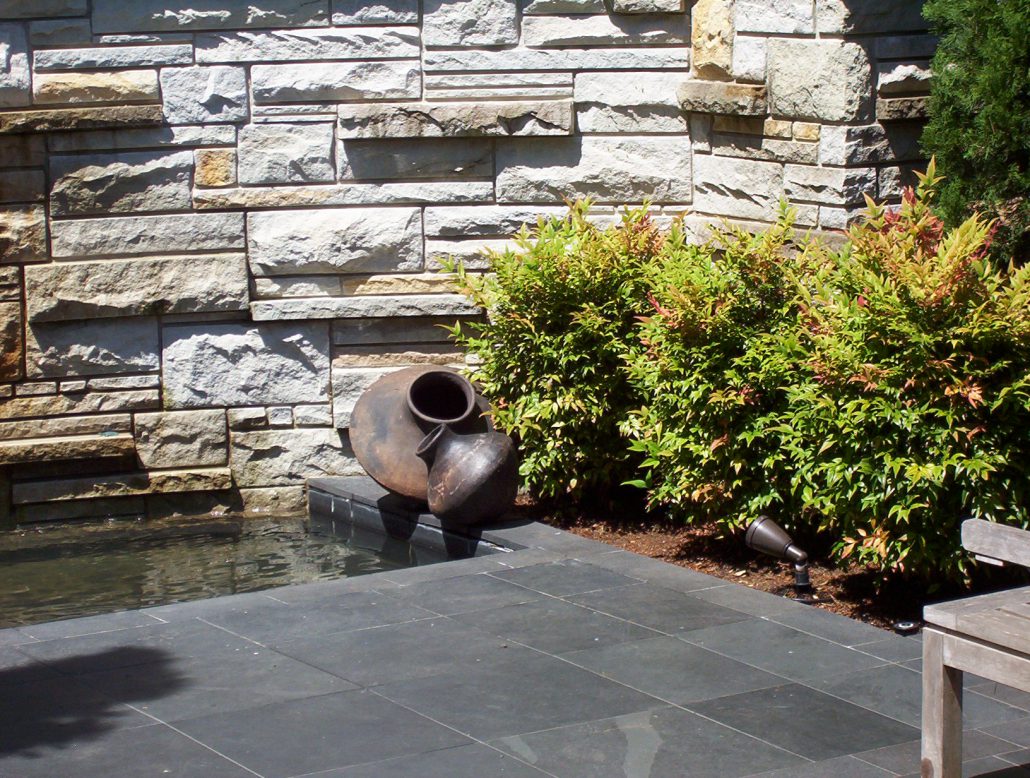
Fences, retaining walls, and other permanent structures such as walks, decks, fences, and patios fall into the category of hardscaping.
Fences:
A wooden, concrete, or vinyl fence will provide you with privacy, but at a cost. Wooden fences need painting or staining. Vinyl can become brittle in cold weather, and concrete block walls can be expensive to install. Iron fences can rust and don’t offer much privacy.
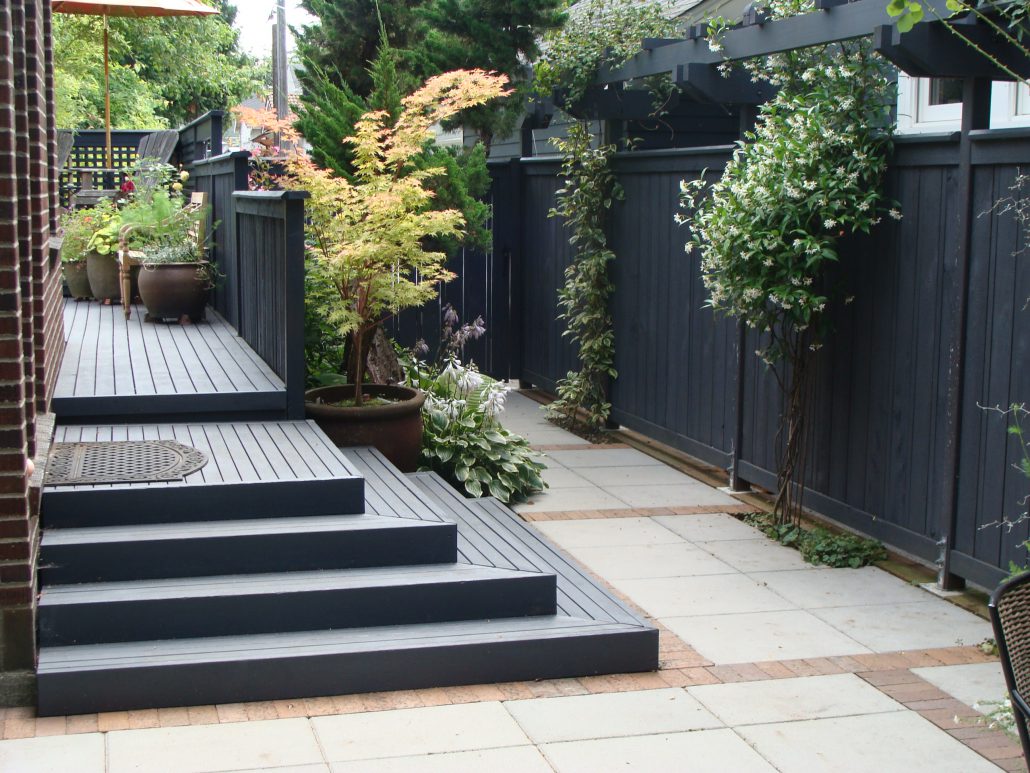
A fence also can pose challenges when mowing your lawn. And contrary to the cliche, good fences don’t always make good neighbors, especially if your neighbor objects to its appearance. On the plus side, building a fence on a shared property line creates an opportunity to work out the design details with your neighbors and share the costs with them.
One good option is to install a lattice fence or a solid fence with an open lattice top which vines can grow through, softening the look with blooms and green foliage. 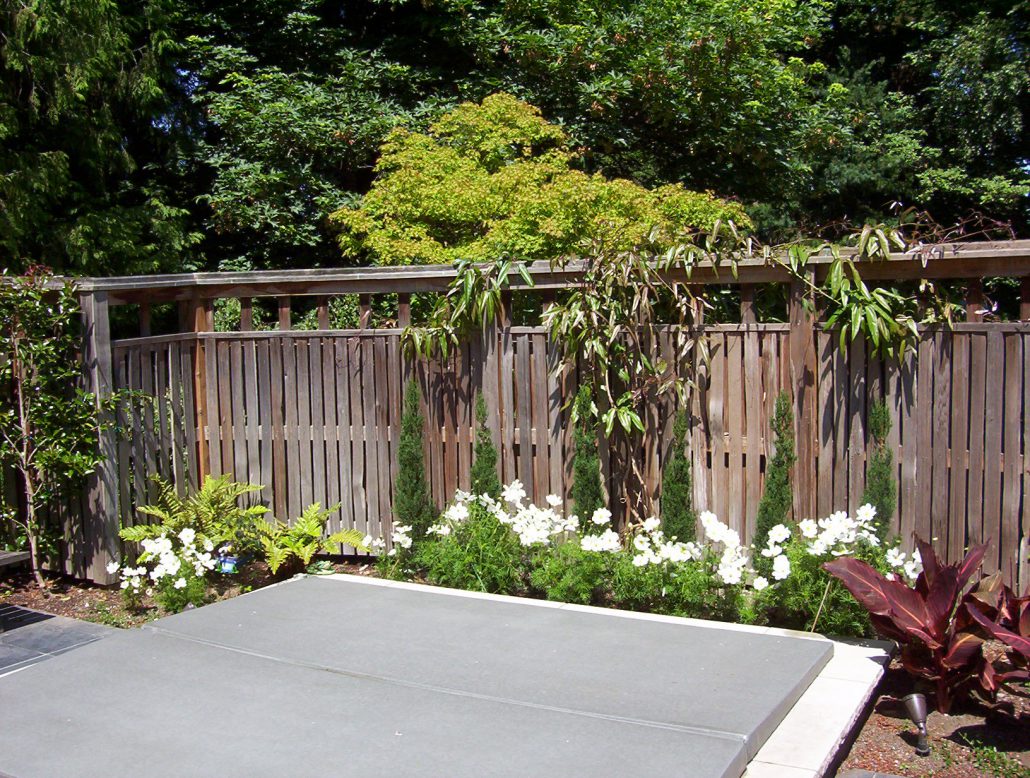
Arbors or pergolas:
A covering over your outdoor living area can provide shelter from sun and rain – and privacy from neighbors with multi-story homes. Consider building it with open beams to let in plenty of light and create interesting shadow patterns on your deck or patio. If you prefer a covered space, a glass or plexiglas roof works best in the Seattle area, because solid roofs block out much-needed light, especially in the winter. Pergolas also allow for stylish hanging chairs or hammocks to relax in.
If you’re thinking of building a pergola or arbor, ask yourself if you really want to sit outside in the rain. If not, an open roof arbor should work just fine. Before you invest too much time and money in the idea, though, consult your local land use code to see what structure setback lines will constrain its size and configuration. Arbors are considered structures, and as such, they cannot be built right up to the property line. In most cases, building permits are required. Also, be sure to give some thought to how the post spacing and beam heights will line up with your window, door, and roof gutter lines. Very often it is tricky to make an arbor blend in effectively with your house architecture.
Softscaping:
Softscaping includes trees, shrubs, and hedges, essentially anything that grows.
You can mix or match these elements in any manner to make your garden unique and attractive. Planting a row of trees or an informal hedge of shrubs literally adds life, including light, shadow, color and movement to your landscape, not to mention seasonal change.
Privacy landscaping is limited only by your imagination and budget, and the available space. For all but the narrowest of plants, a border of at least four feet in width is needed to create a successful privacy screen.
Here are some ways you can use softscaping to protect your privacy:
Evergreens trees and shrubs:
The Emerald City is famous for its low-maintenance evergreens (12 Methods of Low-Maintenance Landscaping in Seattle – Lawnstarter) which provide great windbreaks. And since they keep their leaves year-round, leaf-raking and cleanup will be minimal.
A wall of evergreens can become a nearly impenetrable barrier and double as windbreaks in cold, windy weather. Seattle landscape architect Brooks Kolb can consult with you on the many varieties that can be considered, along with their specific pros and cons.
Hedges and Borders:
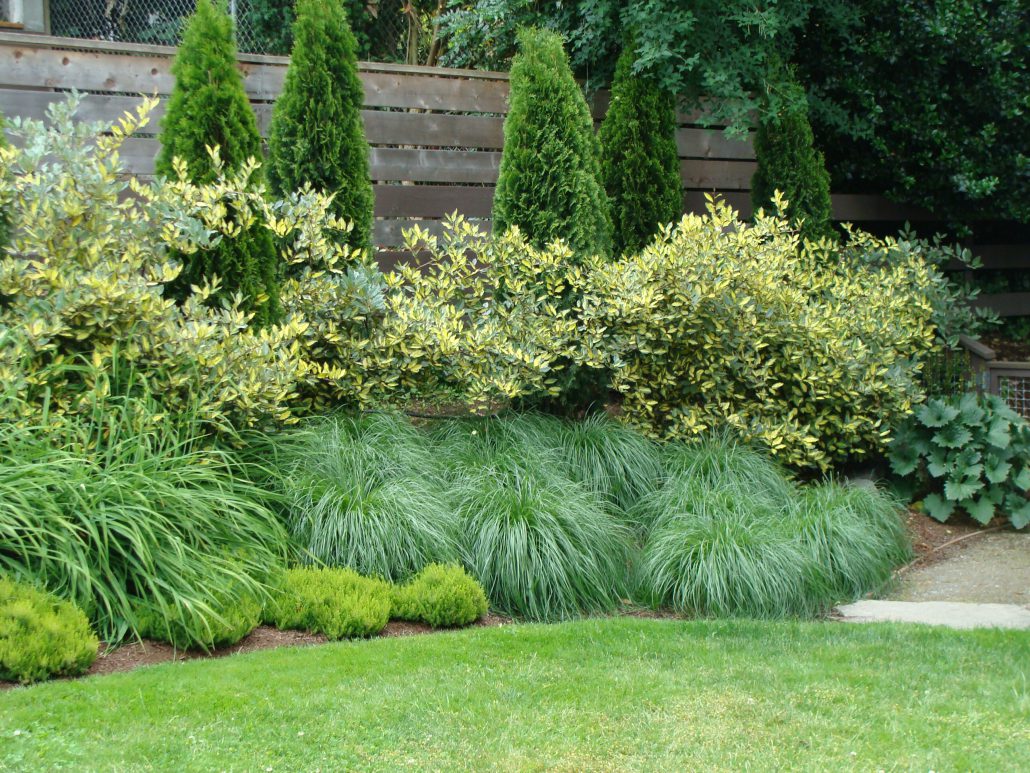
Hedges have been used as barriers since the Bronze Age and can be just as effective today to define property lines. Another bonus? Hedges can be either a formally trimmed single species formally trimmed or an informally grouped arrangement of diverse species. You can most trim hedges to virtually any height, width, or shape, constrained only by the mature height and width of the species in question. 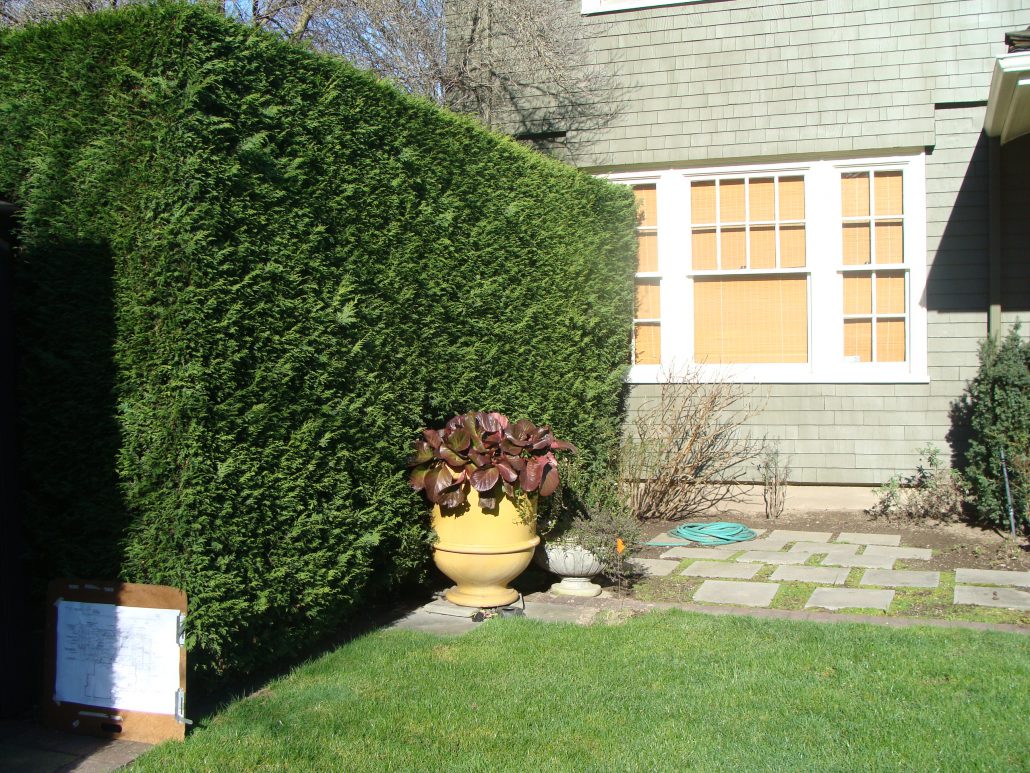
Tall ornamental grasses can grow in clusters for privacy, but are generally more effective as accent plants, due to their changing appearance throughout the year.
Don’t forget the lighting and cameras:
A fence or hedge can protect you from prying eyes, but it also can shield prowlers and burglars. Adequate lighting should be part of your landscaping, too, and security cameras offer extra peace of mind.
Don’t bite off more than you can chew:
Landscaping for privacy or just for beautification can be an exciting project, but keep in mind it requires maintenance – especially softscaping.
Living things have to be watered, fertilized, trimmed, and pruned. That’s a years-long commitment, so be realistic about how much time, effort, and expense you’re willing to invest
A quality professional landscaping service is one way to take all or part of that burden off your shoulders, but they are not all created equal. According to Seattle landscape architect, Brooks Kolb, as many as 90 or 95 percent of landscape maintenance contractors are poorly trained in the arts of pruning, with little or no knowledge about the importance of mulching. If you’re not careful in what company or gardener you select, you can lose your initial investment in the plants—and you pay that company for their injurious practices. Many needlessly use pesticides, causing more harm to your garden than good. Be sure you research them carefully before you hire them. A great resource for proper pruning is www.plantamnesty.org.
Eugene Bryson is a freelance writer and landscaper. As a Washington native, he roots for the Mariners to one day make it to the World Series.
All photographs by Brooks Kolb, from his designs.
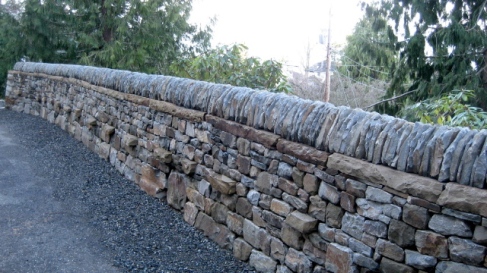
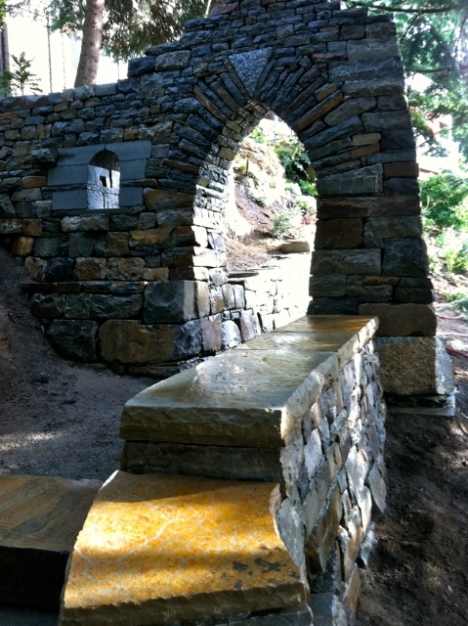 Russ Beardsley’s dry-set Gothic arch, with a granite keystone, defying gravity.
Russ Beardsley’s dry-set Gothic arch, with a granite keystone, defying gravity.
